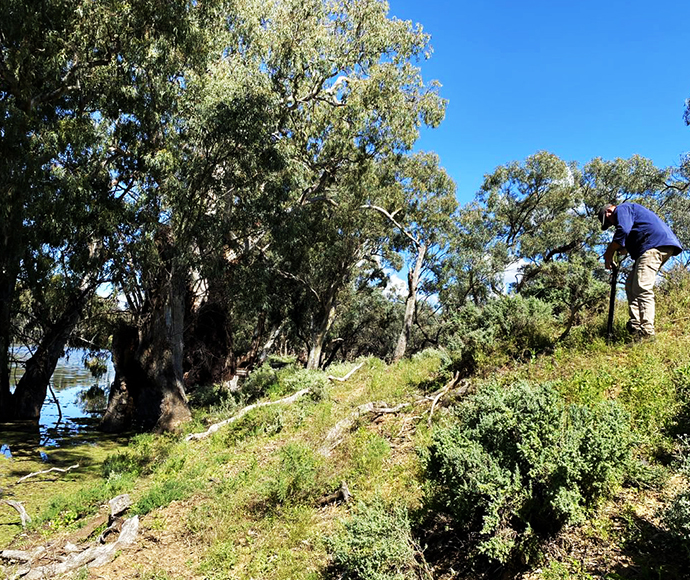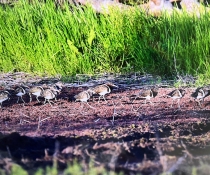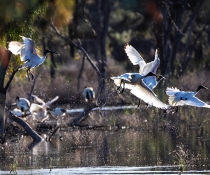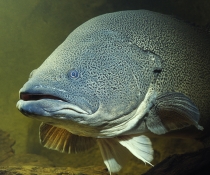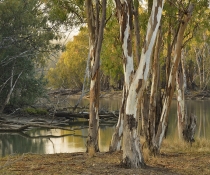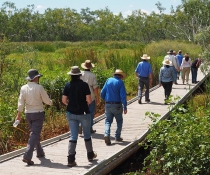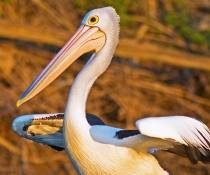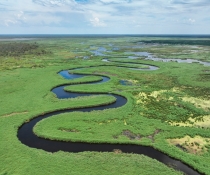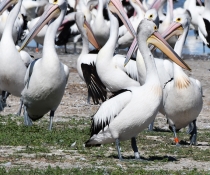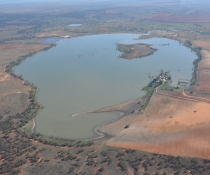Waterbird surveys reveal great diversity in the Lower Murray
Annual spring waterbird surveys in the Lower Murray have uncovered a diverse range of species.
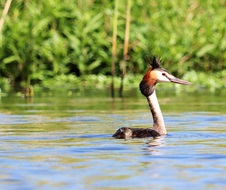
New South Wales Department of Planning and Environment scientists and environmental water managers recently conducted annual spring waterbird surveys in the Lower and Mid-Murray.
Senior scientist Dr Jennifer Spencer reported a 'great diversity' of waterbirds across survey sites in the Lower Murray.
"Overall, most sites in the Lower Murray region supported waterbirds in low abundance, but species richness was high," Dr Spencer said.
"We recorded 26 waterbird species (7 species confirmed breeding).
"Gol Gol Wetlands (far western NSW) was a highlight, with a great diversity of waterfowl (musk duck, chestnut teal, pink-eared ducks, hardhead) and great crested grebe," Dr Spencer said.
Environmental Water Manager Mark Henderson said the rejuvenation of the Gol Gol wetlands is a testament to strong community partnerships.
"The community has been pivotal in delivering water into the Gol Gol Wetlands, which provides habitat for waterbirds and other wildlife," Mr Henderson said.
Gol Gol Community Reference Group Incorporated chairperson Ian Roberts said the wetlands are thriving.
"The recent wetting event, which has allowed us to fill the Gol Gol Lake and Swamp, has provided an opportunity to restore the wetlands and once again support and encourage the biodiversity of our local birds, fish, reptiles, amphibians and even plants," Mr Roberts said.
Dr Spencer said the surveying team also recorded the Australian little bittern and the endangered southern bell frog at Frenchmans Creek in western NSW.
Mid-Murray waterbird surveys in the Barham and Moulamein regions identified the presence of chestnut teal and whistling ducks, which are not common to these areas.
